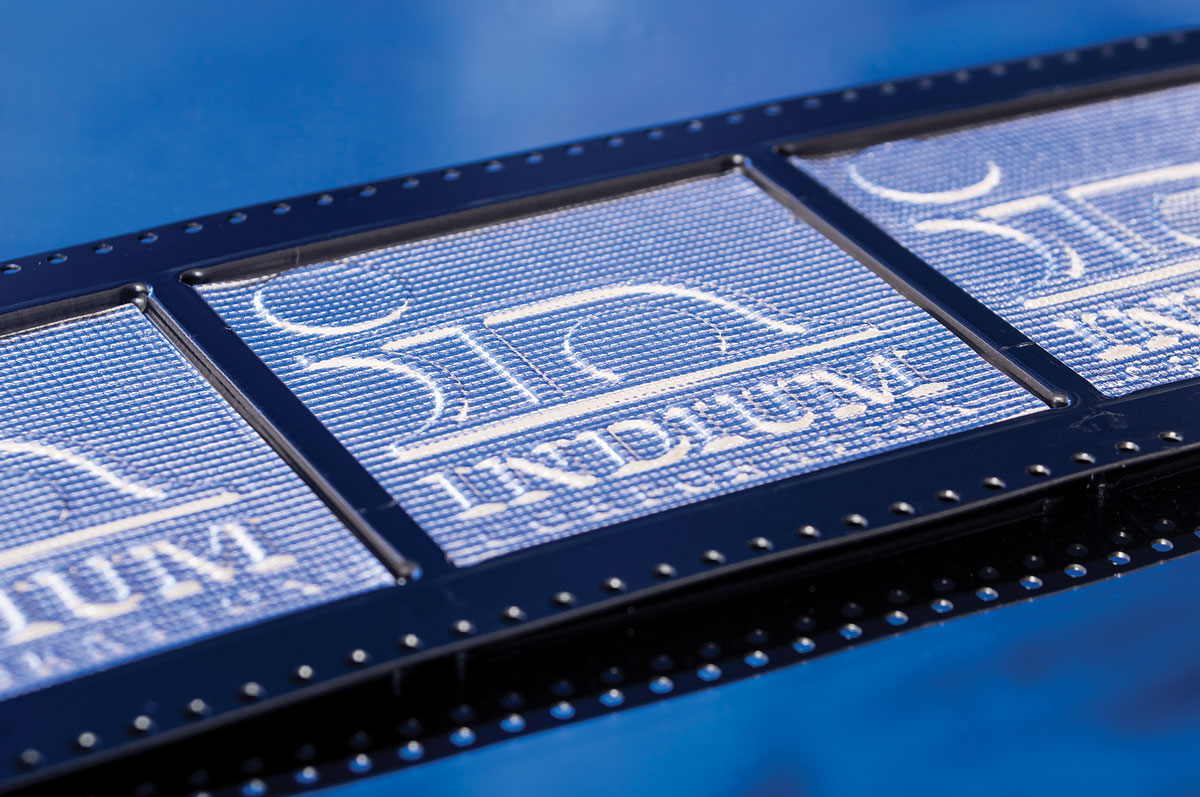yefj
Advanced Member level 5

- Joined
- Sep 12, 2019
- Messages
- 1,557
- Helped
- 1
- Reputation
- 2
- Reaction score
- 5
- Trophy points
- 38
- Activity points
- 9,377
Hello,I Have the following PCB shown in the photo below ,which is glued on a heatsink.Is there a good glue you reccomend
which both conduct electricity and heat as best as possible?
Thanks.

which both conduct electricity and heat as best as possible?
Thanks.

